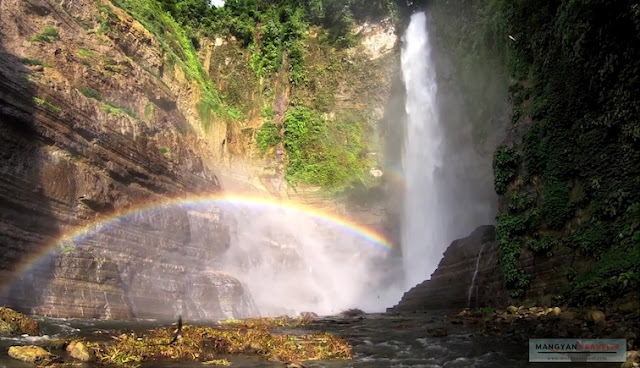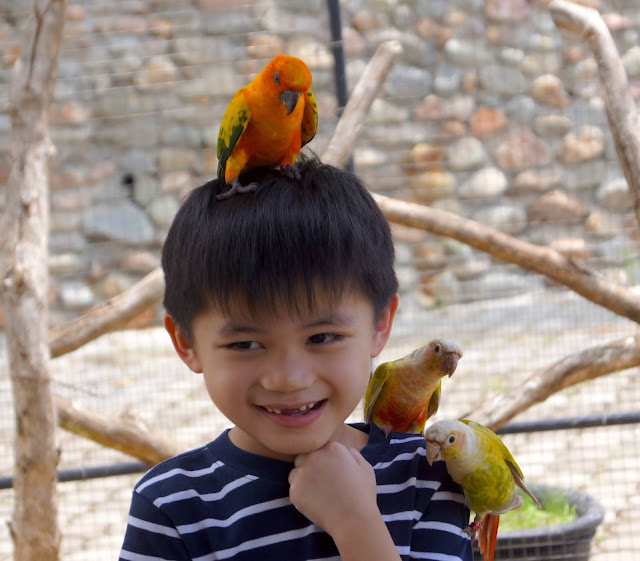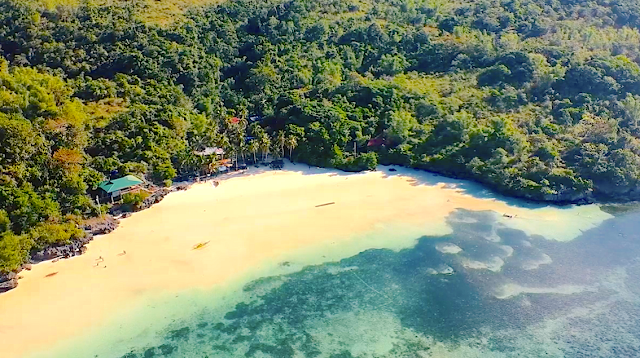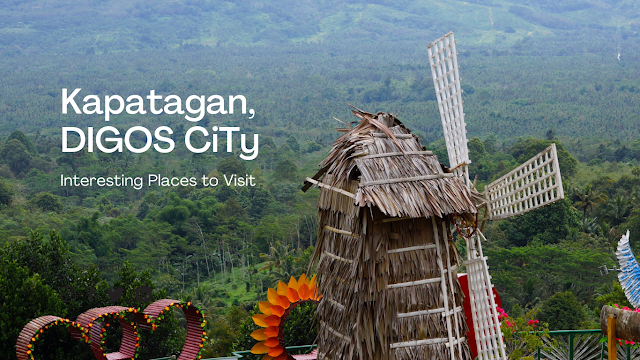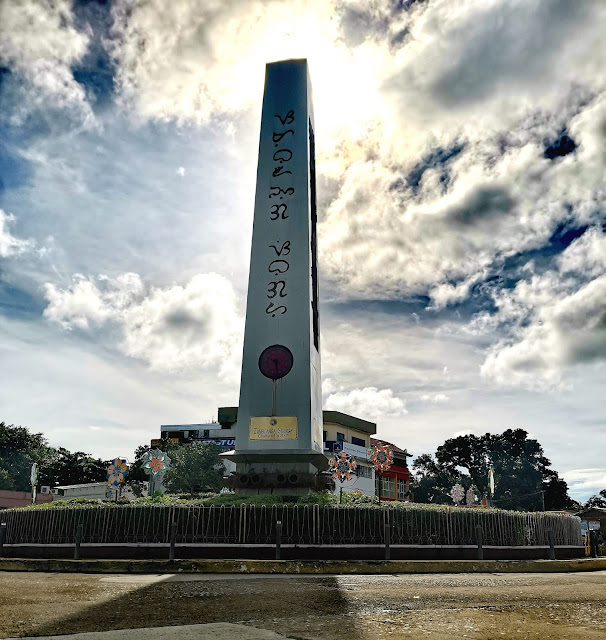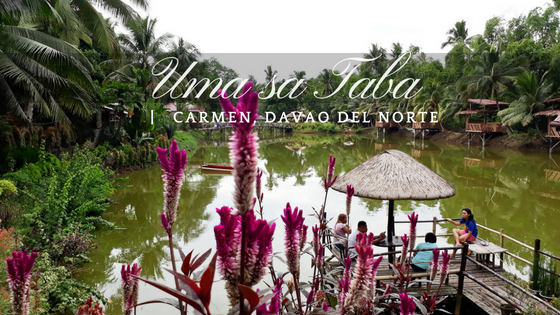Why Senator Ninoy Aquino town is the Ultimate Destination for Adventure Seekers | Sultan Kudarat
Senator Ninoy Aquino (SNA) or famously known as Culaman is a small town withinside the province of Sultan Kudarat, Philippines. Located in the southern part of the province, it is famous for its vast agricultural areas and natural attractions. Culaman's history dates back to pre-colonial times when it was inhabited by various indigenous groups including the T'boli and Manobo. Kulaman is a region of the Philippines known for producing high-quality Arabica coffee beans. The area is in Sultan Kudarat Province, which is part of the larger Mindanao Island. The coffee produced in Kulaman is grown at high altitudes, which helps give the beans their distinctive flavor profile. The climate and soil conditions of the region also contribute to the quality of the coffee. Kulaman coffee is often described as having a smooth and balanced taste with hints of chocolate and fruit. It is typically medium to full-bodied and has low acidity. The local coffee industry in Kulaman has been growing...



